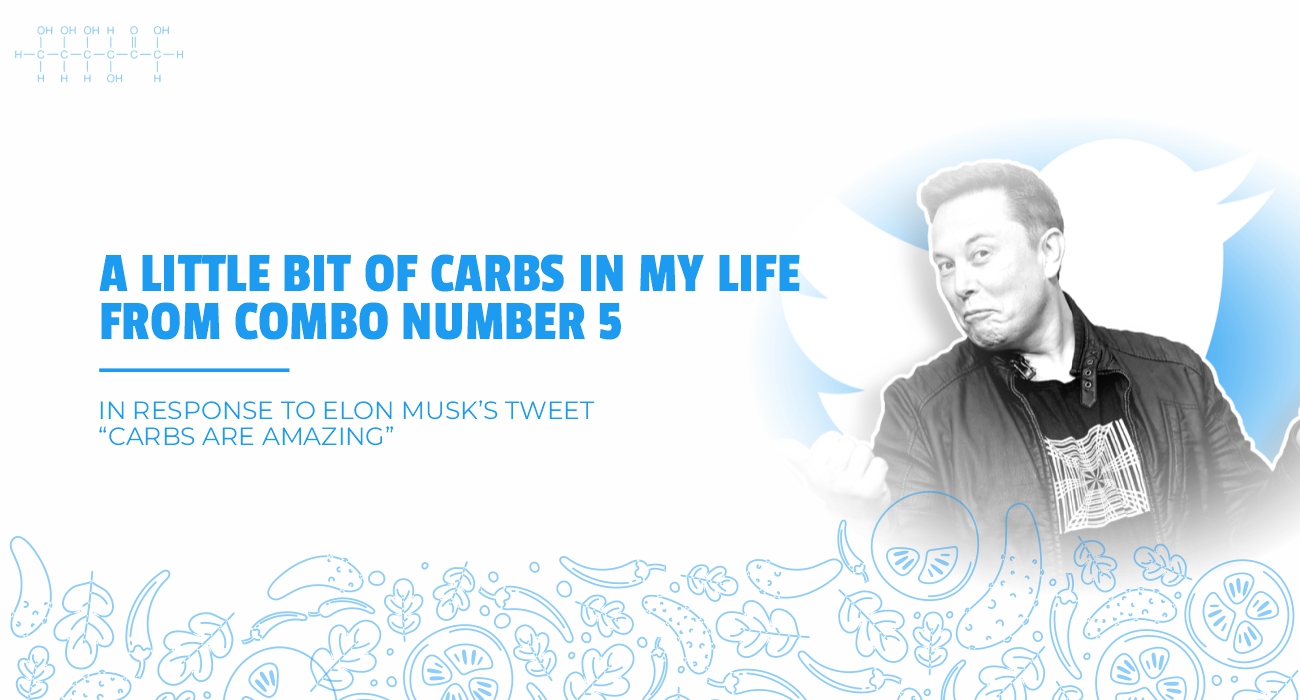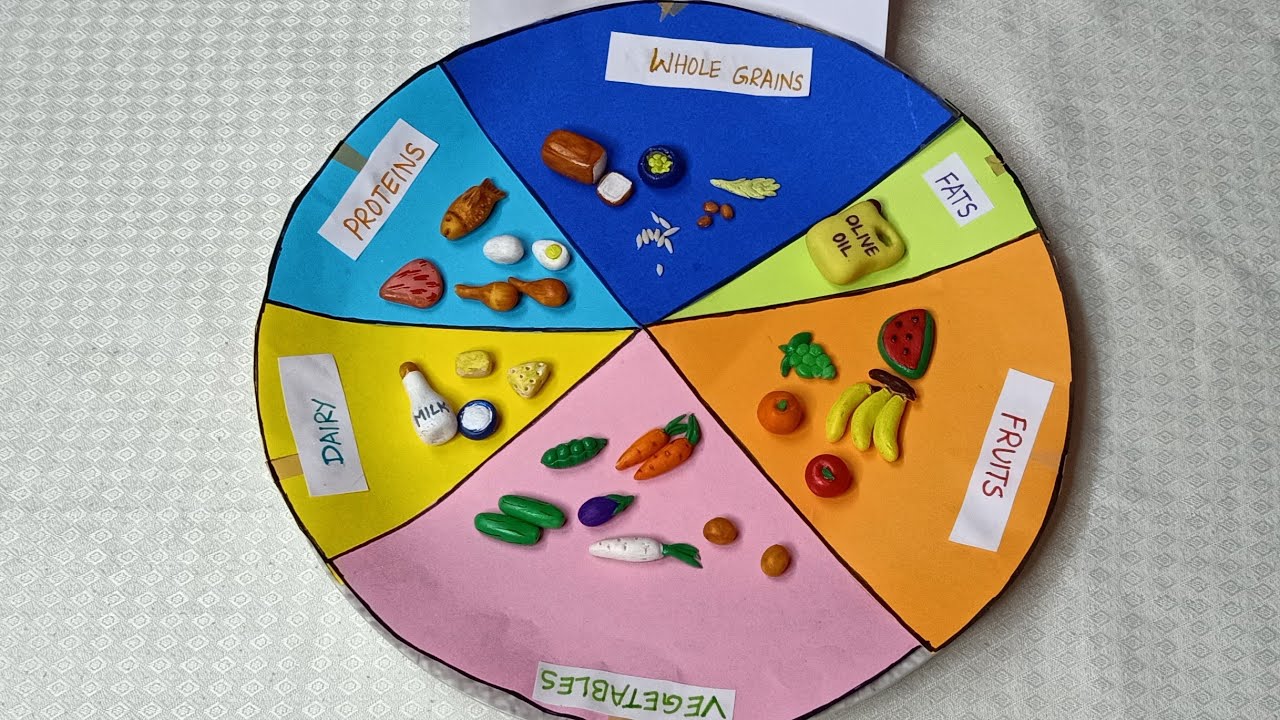
Our Indian diet today has become rather carbohydrate heavy and our physical activity has come down to a stuttering halt. While carbs are essential, the quality and quantity of them matter. It also makes a difference based on your genome makeup. So here I am, blatantly using the popular song “Mambo no 5” as a base to write this rhyme. There is a slightly different combo for every person in this universe based on genomes, environment and lifestyle. Mine happens to be combo no 5 :-)
- A little bit of carbs in my life
- A little more of protein is what I need
- A little bit of fat makes me feel alright
- A little of vitamins and hang out in the sun
- A little bit of minerals makes me complete
Combo number 5

The question that many people ask is “healthy is healthy” , so why should I do a genome analysis. Let me try and break this down for you. When we speak about the science of nutrigenomics, we find that different people have different mutations that predispose them to using food as fuel differently. Let me take three examples to explain this to you.
Let's start with everyone’s favorite question on losing or gaining weight. Ever heard the gene name FTO ( It really does stand for Fat mass and Obesity ) gene ? See Genomics is really quite simple. So if you have some mutations in the FTO gene, it is possible that it may be linked to an increased likelihood of being obese, but there is another problem and that is with fats that you consume in your diet. So you are also likely to have reduced ability to deal well with dietary fats.
Another popular gene is called MTHFR and it is possible that you have heard about this in some news articles etc. Mutations in this gene may be related to homocysteine levels and also reduced levels of folate, choline or B12. These are all part of the vitamin B complex. You may have seen homocysteine in your blood reports. Homocysteine is an amino acid. If you recall, amino acids are the building blocks of proteins. Our body gets methionine from the food we consume, typically animal meat, fish and dairy. It is not something our body manufactures so it is essential to get it from our nutrition. Essentially methionine converts to a specific form of cysteine known as homocysteine that has an extra CH2. The role of these B vitamins is to break down these amino acids into other useful products for the body. So when there is a lot of homocysteine, it is likely that you don't have enough vitamins in your body.
Here is a chart with the Vitamin Bs and their names. You are probably familiar with some of these and might have read about others or seen them at a pharmacy. These vitamins assist a variety of enzymes in their jobs, ranging from releasing energy from carbohydrates and fat to breaking down amino acids and transporting oxygen and energy-containing nutrients around the body.
| Name of Vitamin | |
| Vitamin B1 | Thiamin |
| Vitamin B2 | Riboflavin |
| Vitamin B3 | Niacin |
| Vitamin B5 | Pantothenic Acid |
| Vitamin B6 | Pyridoxine |
| Vitamin B7 | Biotin |
| Vitamin B9 | Folate ( folic Acid) |
| Vitamin B12 | Cobalamin |
Now folate for example is useful as it is used in making DNA. So if you have either a heterozygous or homozygous mutation, you may have several health problems including cardiovascular, depression and more. We discussed heterozygous and homozygous alleles in the alleles blog. I am not writing about specific mutations here, you can get that in your Mapmygenome reports. For now, let's just remember that MTHFR mutations are useful to understand if you need supplementation and make lifestyle changes.
Now let's sit down and get some coffee, that is if your genes make it suitable to do so. The two important genes responsible for how you metabolize coffee are CYP1A2 and AHR. Complex haan?
The CYP family of genes are essentially from cytochrome P450, a big group of enzymes that is used to oxidize fatty acids, steroids and other strange things called xenobiotics. “Xeno” if you recall comes from the word meaning foreign so several things get included in this. If you are like me, you probably wanted to know where 450 comes from. It is from the wavelength in nm( if you forgot what nanometer is , it is 1×10−9 Meters) and it is here that the absorption of the enzymes peaks. This CYP P450 superfamily has an interesting name structure. It starts with CYP for the superfamily, followed by a number indicating the gene family, a capital letter indicating the subfamily, and another numeral for the individual gene. So while it may sound all latin and greek to you, there is a method to this madness. So let's get back to our coffee gene called CYP1A2. So if we break this down, it is part of the famous CYP superfamily, then it is the first gene family 1 and subfamily A and then the second gene. Huh!
Never mind, let's get back to the discussion.
What about AHR, you may be wondering? Well, this is a sort of a master regulator and decides on many things our body does. One of them being regulating the CYP1A2 gene that determines consumption of coffee. I have the variants on both the AHR and the CYP1A2 gene that allow me to drink more coffee than normal. If you are not aware, I love experimenting with coffee and tea.
Ah! Let's get to the point of discussion about carbs. There is a gene called AMY1 also known as salivary amylase. If you recall, this would be an enzyme as it ends in “ase”. This is used to break down starchy carbohydrates. So there has been found a correlation between the copy number variation of this gene with carbohydrate intake and also several associated diseases. Copy number variation is the number of duplications or deletions of segments of our genomic sequences that affect its structure and function.
I hope you enjoyed reading this. Do let me know if you would like to know more about any specific gene markers etc.
In summary, you can see that knowing yourself through genomics is not just fascinating but can help us lead healthier lives.





